Roofing Services Tower Hamlets protect property value, comfort, and structural integrity from the relentless demands of London weather—all while ensuring every job meets strict UK regulations and insurance standards.
From the outset, you get solutions designed for real-world Tower Hamlets properties—whether a Victorian terrace, new-build flat, converted warehouse, or commercial facility. Certified experts work with proven materials (Welsh Slate, ALM Lead, Kemper), holding full Which Trusted Trader and CITB accreditation. Every project is fully insured, compliant, and led by specialists who understand both building control and client priorities.

Unaddressed roof issues in Tower Hamlets rarely stay small. Minor leaks quickly cause hidden structural damage and rising energy bills, while poor repairs or DIY fixes often invalidate warranties or cause insurance disputes.

When you choose Roofing Services Tower Hamlets:
You may need fast repairs for leaks, a full new roof build, specialist leadwork, or a reliable maintenance partner. Every need is met—no matter your property type or the complexity involved.
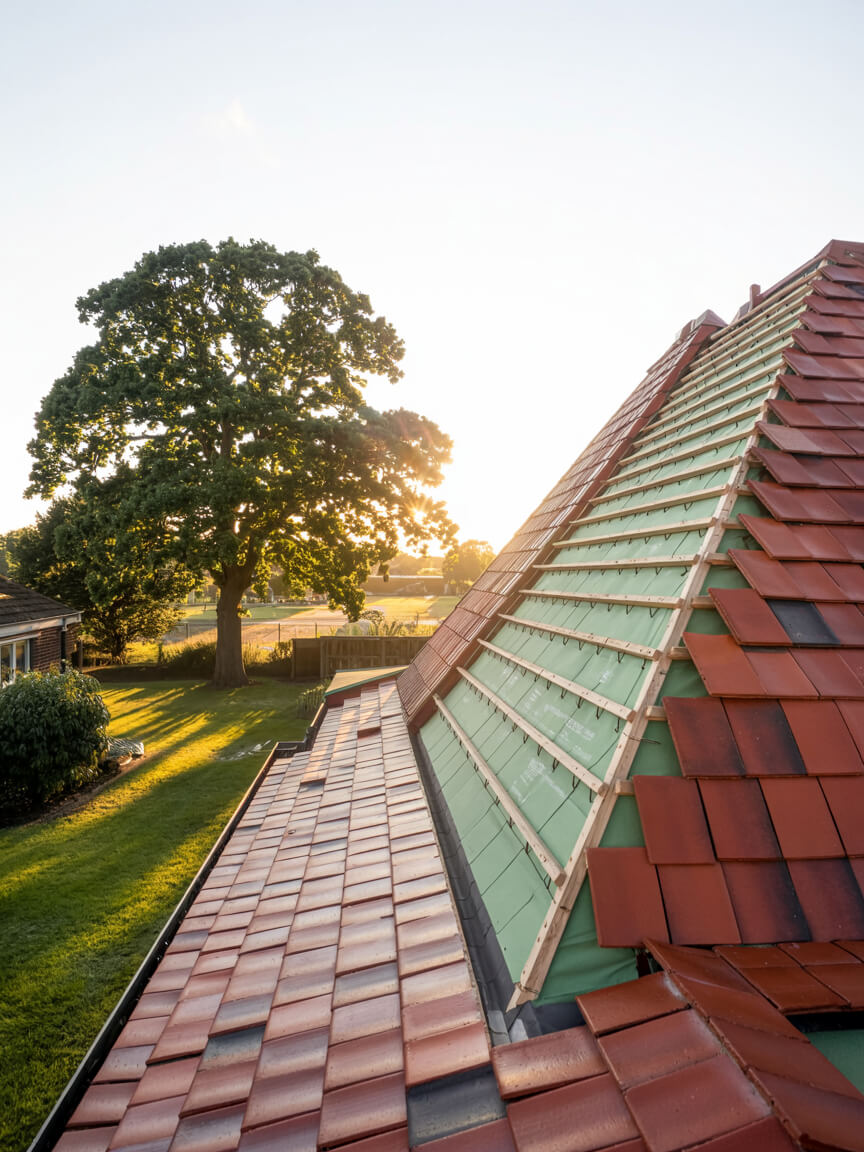
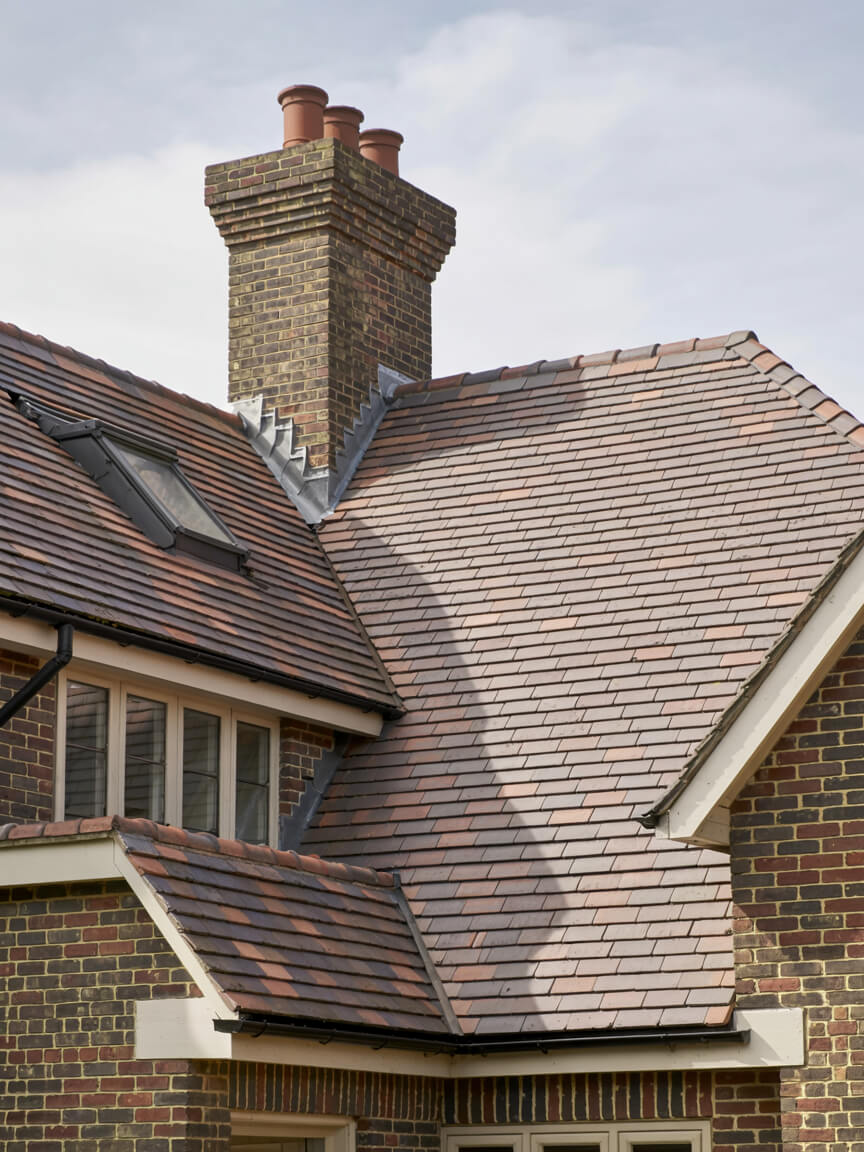
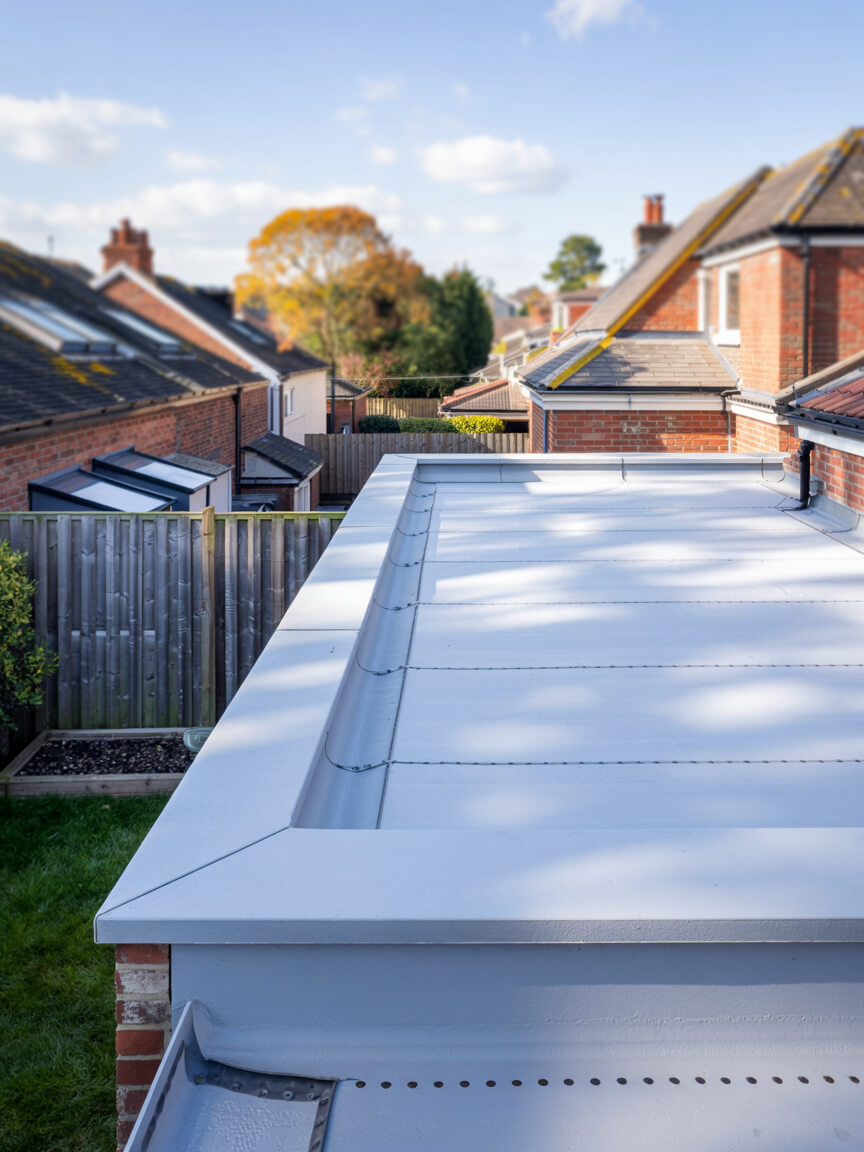
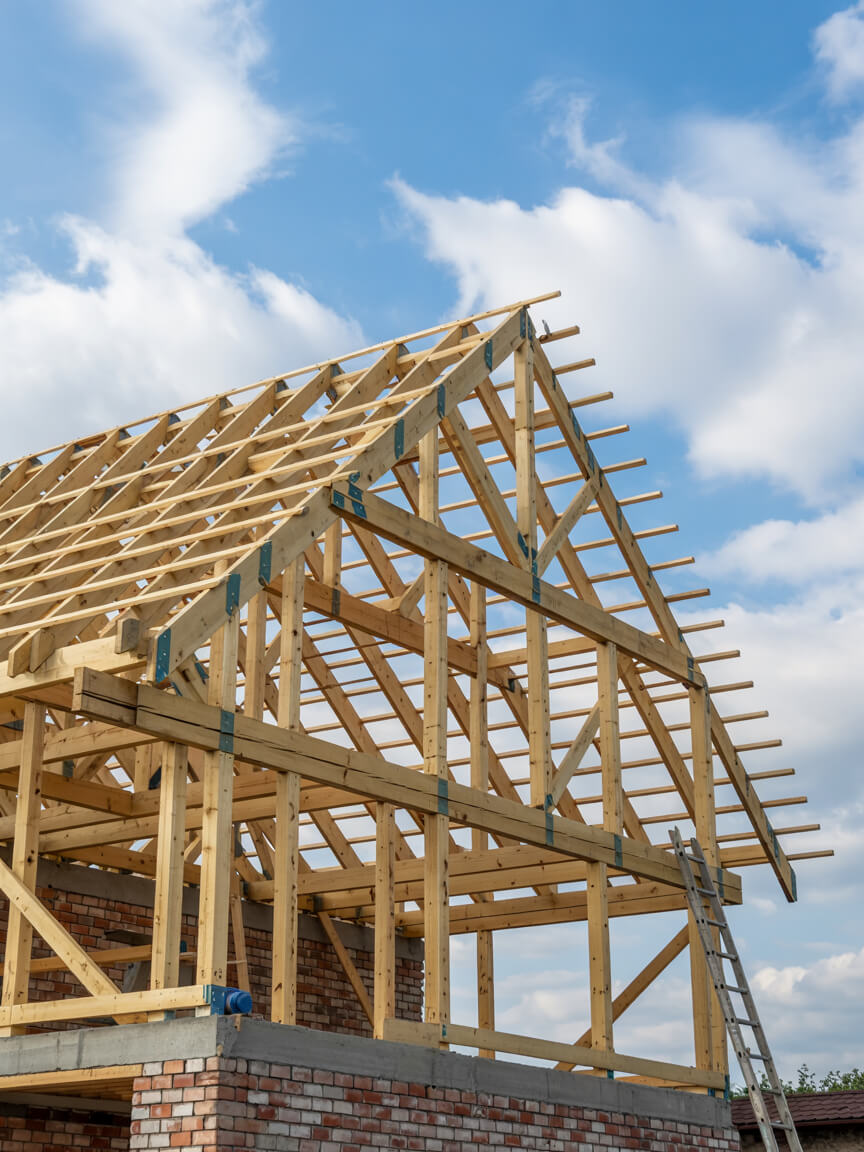
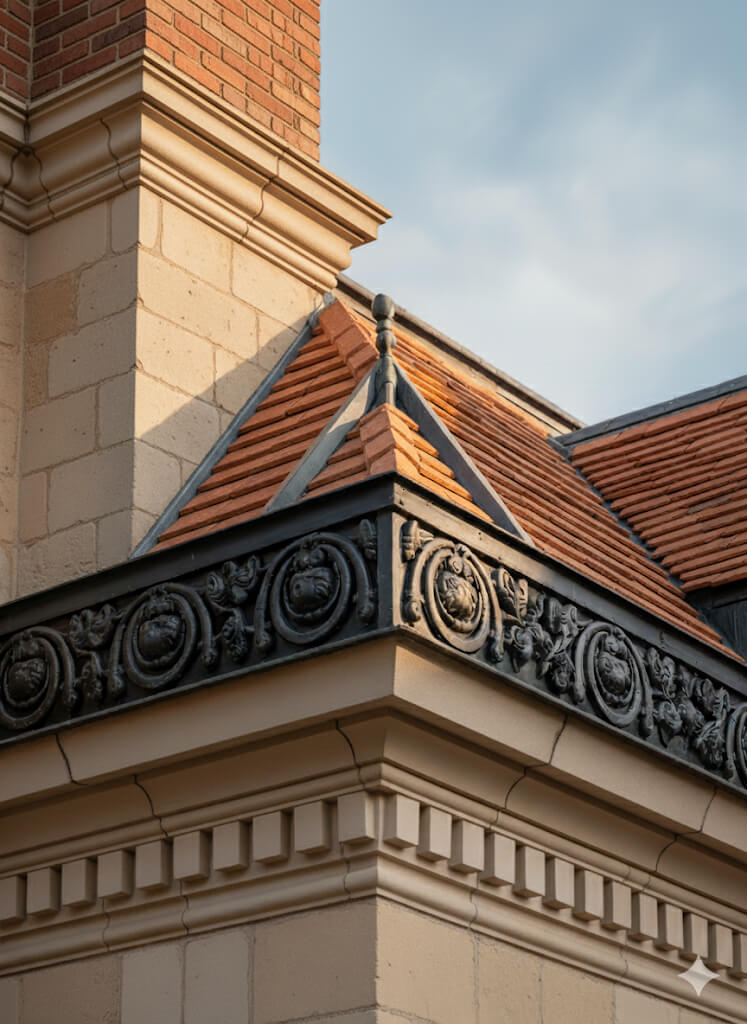
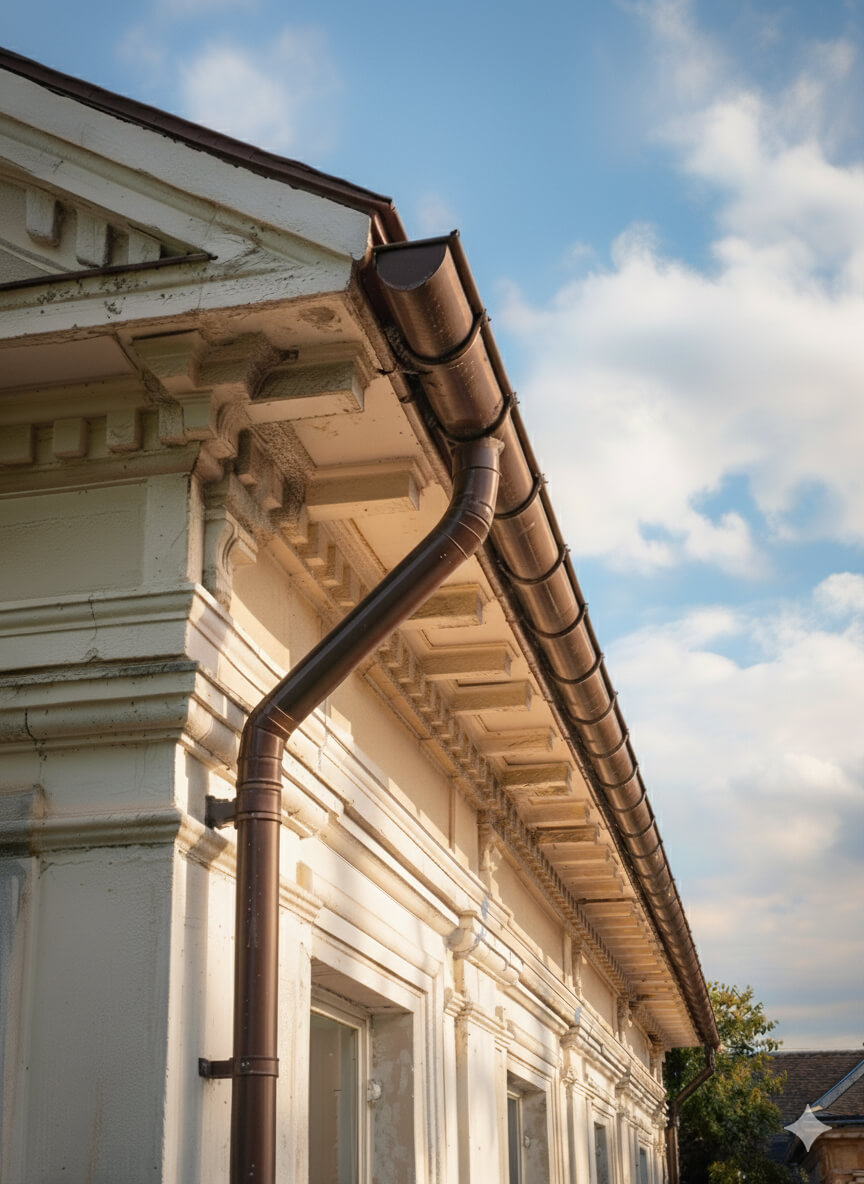

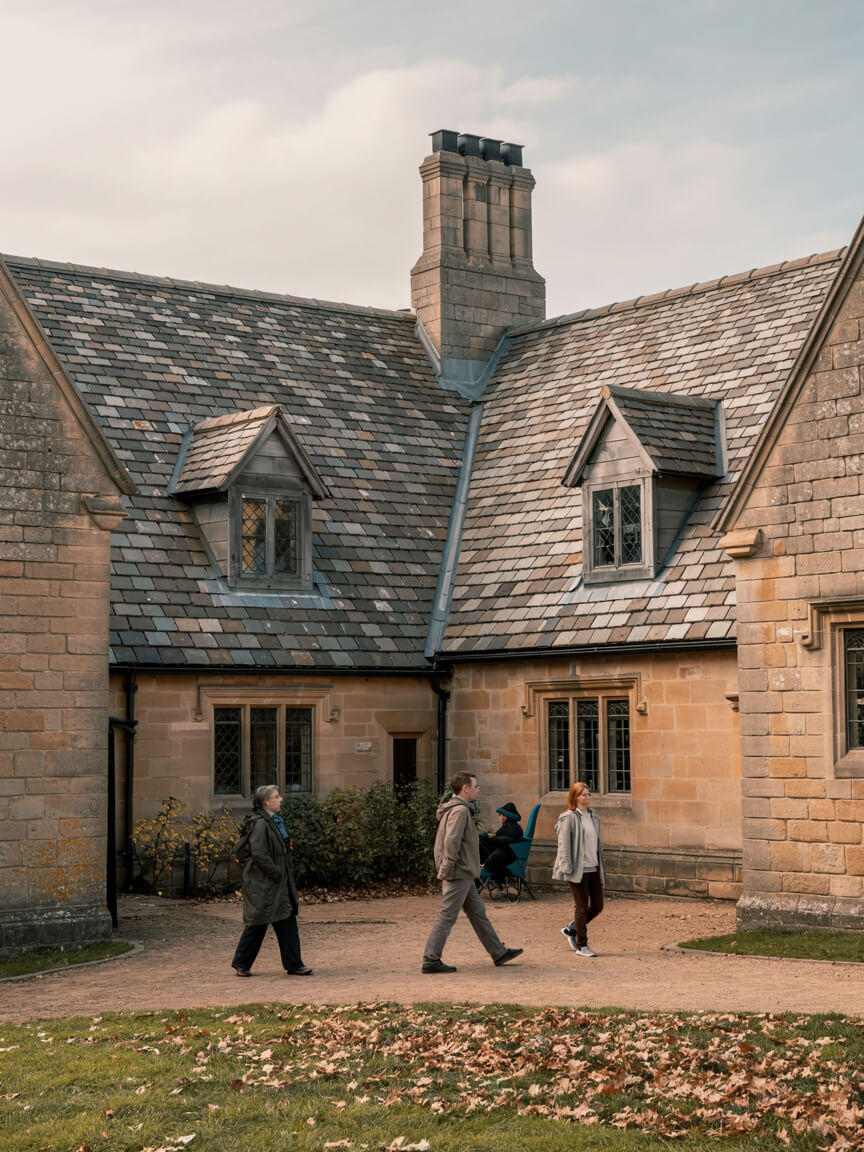
No two Tower Hamlets roofs are alike. You benefit from assessments that consider structure, surrounding environment, planning restrictions, and usage.
For every property type:
{SEGMENT-4-CONTENT-4}
A high-standard roof is more than surface tiles—each project is built layer by layer for durability, waterproofing, and compliance.
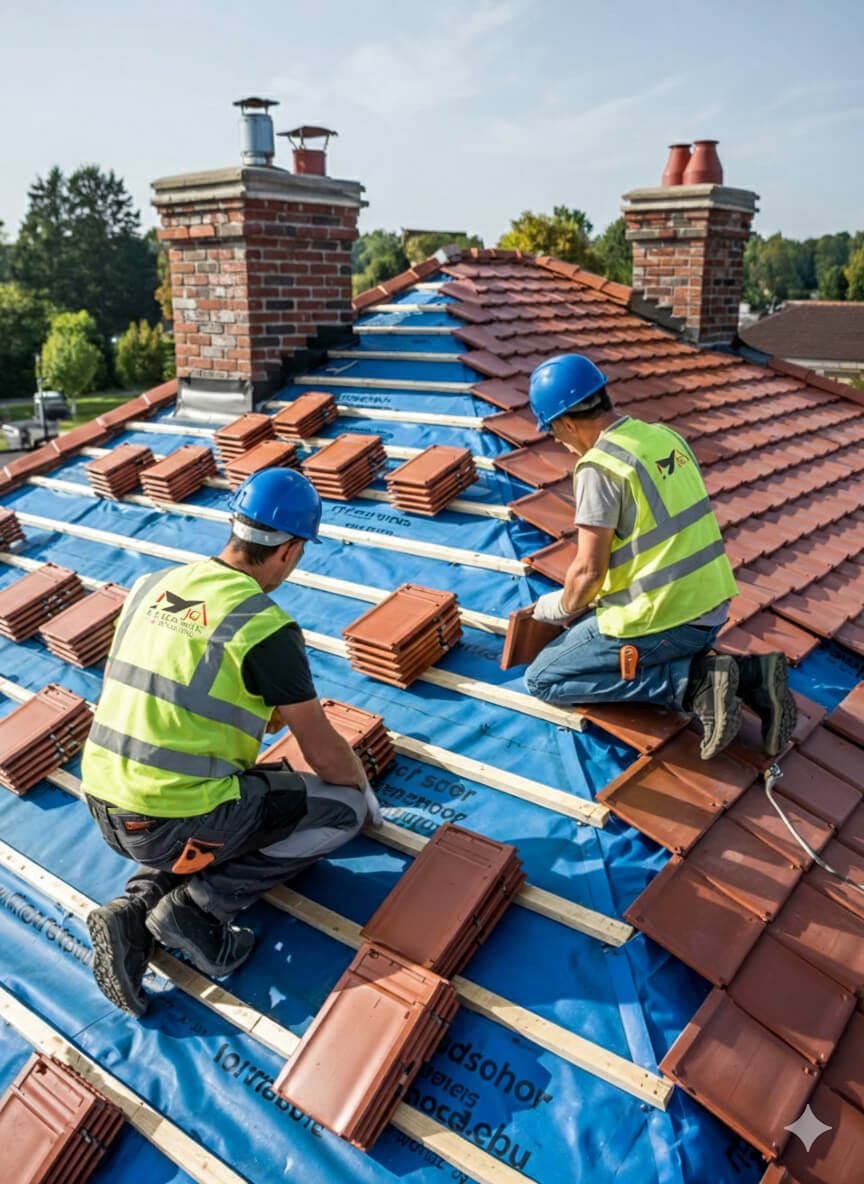
Get a free, no-obligation quote today.
Our experts are standing by to help you choose the perfect flat roofing solution.
⏱ Response within 24 hours guaranteed
Clients trust Roofing Services Tower Hamlets because every project is backed by industry-recognised accreditation, documented compliance, and transparent warranties.


Complete reroofing. Living in Singapore at the time and T was super responsive and communicative.
Replacement of lead box gutter and new flashing to parapet wall. I had an excellent experience using James and the team. He was very prompt in all aspects of communication and completed a first class job. Really pleased.
James completed some repairs on our roof and replaced some of our pebble dash by the roof as well. He was very thorough and fixed everything. He kept us really informed by taking photos and showing us what he did and keeping us updated. It also went onto our neighbours roof and he did the same fo...
We had a leak in our bedroom and James fixed the roof for us to stop it from leaking. All the work came with a warranty. The work that was carried out was good. James and his team were polite, and did all the work quickly and without too much interruption to our day-to-day lives. Would recommend ...
J G Leadworks have repaired and replaced the roofs and gulleys over our warehouse and workshops which have meant both areas are now watertight
James and team were incredibly responsive to my request to look at a serious leak issue on my flat roof. They did a very thorough investigation and explained in detail the issue and gave a fair quote. They were quick to book in and complete the work and have checked in afterwards a few times to m...
James was quick to respond to the initial contact and was able to work around some time constraints I had. He explained what needed doing clearly and was happy to answer follow up questions. He took pictures to show each stage and I feel confident in the work that was done by James and the team. ...
JG Roofing were very easy to work with. Their quote was sensible and they stuck to that figure. They completed many repairs to my roof including, rebuilding a leaded gutter, reinforcing rotten rafters, rebuilding a long felted gutter and felting parapet walls, resurfacing and felting a flat roof,...
Planning rules in Tower Hamlets affect more than just visible alterations—failure to comply can trigger costly penalties or invalidate your insurance claims.
{SEGMENT-7-CONTENT-3}

Skilled tradespeople and proven materials matter as much as compliance. Your project benefits from:
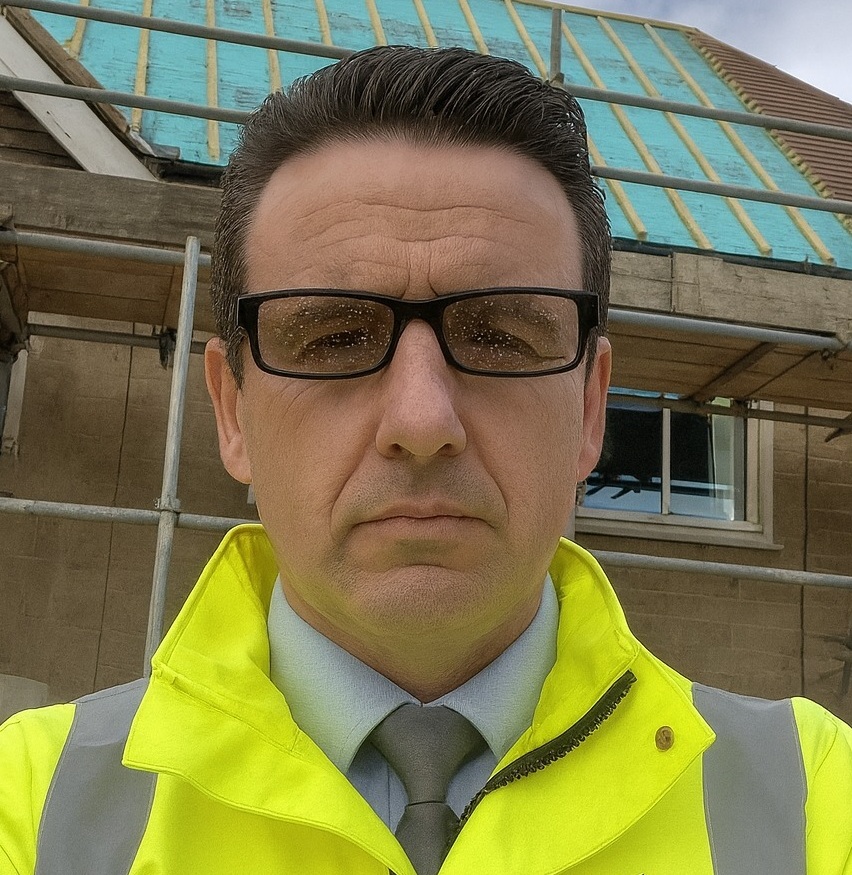
With 25 years of experience in lead sheet roofing, James is a trusted expert in heritage roofing, slate, and tiling. His knowledge of traditional methods, paired with modern compliance, makes him a go-to specialist for projects that demand both craftsmanship and durability.
Roofing Services Tower Hamlets deliver direct, measurable value to property owners, landlords, and businesses by safeguarding assets, reducing costs, and building long-term peace of mind.
Is it better to keep patching your old roof, or is full replacement the real value? Simple: base your decision on lifespan, disruption, compliance, and long-term cost.
Why Clients Choose JG Leadwork and Roofing
With decades of trade experience, our teams understand the unique demands of London and Home Counties roofing. From heritage-listed properties to contemporary extensions, we adapt solutions to local regulations, weather conditions, and architectural styles with precision.
Accredited by Which Trusted Trader, CITB, and approved by Kemper, Westwood, IKO, ALM, and other leading suppliers.
These credentials guarantee safety, compliance, and access to manufacturer-backed warranties, giving clients peace of mind that their project meets the highest professional standards and benefits from warranty protection.
Our heritage projects use Welsh Slate and handmade clay tiles for authenticity, while leadwork is delivered to Lead Sheet Association (LSA) standards. Commercial installations employ Kemper and Westwood liquid systems for durability and efficiency. Each example demonstrates our reliability, blending traditional craftsmanship with modern performance.
Our workforce includes skilled roofers, heritage specialists, and safety-certified installers.
Every roofer holds NVQs, receives ongoing CPD training, and is qualified in both modern flat systems and traditional techniques, including slate and leadwork.
Team structure ensures projects run smoothly—surveyors identify needs, installers deliver with precision, and supervisors oversee compliance. This approach minimises disruption, accelerates timelines, and guarantees consistent quality across residential, commercial, and industrial roofing projects.
Every project is regulation-compliant, warranty-backed, and focused on long-term results.
Client testimonials and case studies confirm our track record, with projects praised for professionalism, durability, and customer support.
We go beyond installation with aftercare packages, maintenance support, and open communication at every stage. Property owners gain reassurance that JG Leadwork and Roofing stands behind its work. Book a free survey today and discover why homeowners, landlords, and businesses trust us with their roofing.

Get a free quote, rapid response, and expert service across London and the Home Counties. Contacting JG Leadwork and Roofing is your simple first step to dependable roofing solutions.
We source materials from leading suppliers including Supreme and IKO felt systems, Kemper, Westwood and Proteus liquid systems, Welsh Slate, handmade clay tiles, ALM Lead Mills, and Nicholson Air Track. These trusted brands guarantee durability, compliance, and warranty-backed performance across flat, pitched, heritage, and commercial roofing projects.
.
.
For homes, Roofing Services Tower Hamlets safeguards comfort and enhances kerb appeal with durable, energy-efficient systems. Whether modern extensions or traditional pitched roofs, tailored solutions improve living standards and protect property value.
For businesses, Roofing Services Tower Hamlets delivers cost-effective, large-scale installations with minimal disruption. Projects are planned around operations, with safety compliance, energy performance, and flexible scheduling built in—supporting offices, retail, schools, and industrial facilities with reliable, regulation-ready outcomes.
For heritage properties, Roofing Services Tower Hamlets combines authentic materials such as Welsh slate, handmade clay tiles, and ALM lead with skilled conservation techniques. Listed building consent and conservation requirements are fully managed, ensuring traditional character is preserved while integrating modern weatherproofing. This careful balance provides long-term durability without compromising historic integrity or aesthetic value.
JG Leadwork and Roofing delivers Roofing Services Tower Hamlets across housing, commercial, heritage, and public sectors. Every industry comes with unique requirements, from safety and compliance to efficiency and conservation. Our adaptability ensures projects are delivered with precision and professionalism—whether safeguarding homes, supporting business continuity, preserving history, or protecting critical public and healthcare facilities.
Durable roofing installed with minimal disruption, ensuring safe, regulation-compliant workspaces for staff and visitors.
High-standard, compliance-focused solutions protect community facilities while meeting strict safety and regulatory obligations.
Heavy-duty roofing tailored for wide spans, ventilation, and long-term maintenance efficiency.
Authentic materials and sensitive methods preserve historic character while adding modern protection.
Weatherproof systems that enhance kerb appeal and guarantee uninterrupted trading for outlets.
Tailored roofing improves guest comfort, safety, and ambience across hotels, restaurants, and venues.
Safe, durable systems designed for schools and universities with minimal learning disruption.
Specialist roofing solutions built for hygiene, safety, and regulatory compliance in medical environments.
Our team of NVQ-qualified roofers, LSTA-trained specialists, and health & safety-compliant professionals bring decades of combined experience. Every project is delivered with meticulous attention to detail, ensuring safe practices and consistent quality across flat, pitched, heritage, and commercial roofing disciplines.
Expertise includes heritage leadwork, slate and tile roofing, modern flat systems, and drone-assisted roof surveys. Ongoing CPD training ensures adaptability to both traditional craftsmanship and the latest innovations—giving clients confidence that every roof is built or repaired with proven skill and care.

A thorough survey highlights existing issues, structural considerations, and upgrade opportunities, ensuring the best-fit solution is identified from the very beginning.
Transparent, itemised quotes detail costs, timelines, and materials—giving you complete clarity and confidence before work starts, with no hidden surprises.
Scaffolding, access solutions, and robust safety measures are put in place to safeguard both property and people throughout the project.
Skilled roofers complete the work using accredited materials and proven techniques, delivering durable, compliant results while keeping disruption to a minimum—whether for repairs, replacements, or new installations.
Each stage is inspected against manufacturer standards and Building Regulations, with photographic documentation provided for transparency and peace of mind.
Each stage is inspected against manufacturer standards and Building Regulations, with photographic documentation provided for transparency and peace of mind.
In a competitive roofing market, many providers look the same on paper. JG Leadwork and Roofing stands out through proven expertise, accredited methods, and specialist techniques. Our combination of traditional craftsmanship and modern technology makes us the safer, smarter choice across residential, commercial, industrial, and heritage projects.
In a competitive roofing market, many providers look the same on paper. JG Leadwork and Roofing stands out through proven expertise, accredited methods, and specialist techniques. Our combination of traditional craftsmanship and modern technology makes us the safer, smarter choice across residential, commercial, industrial, and heritage projects.

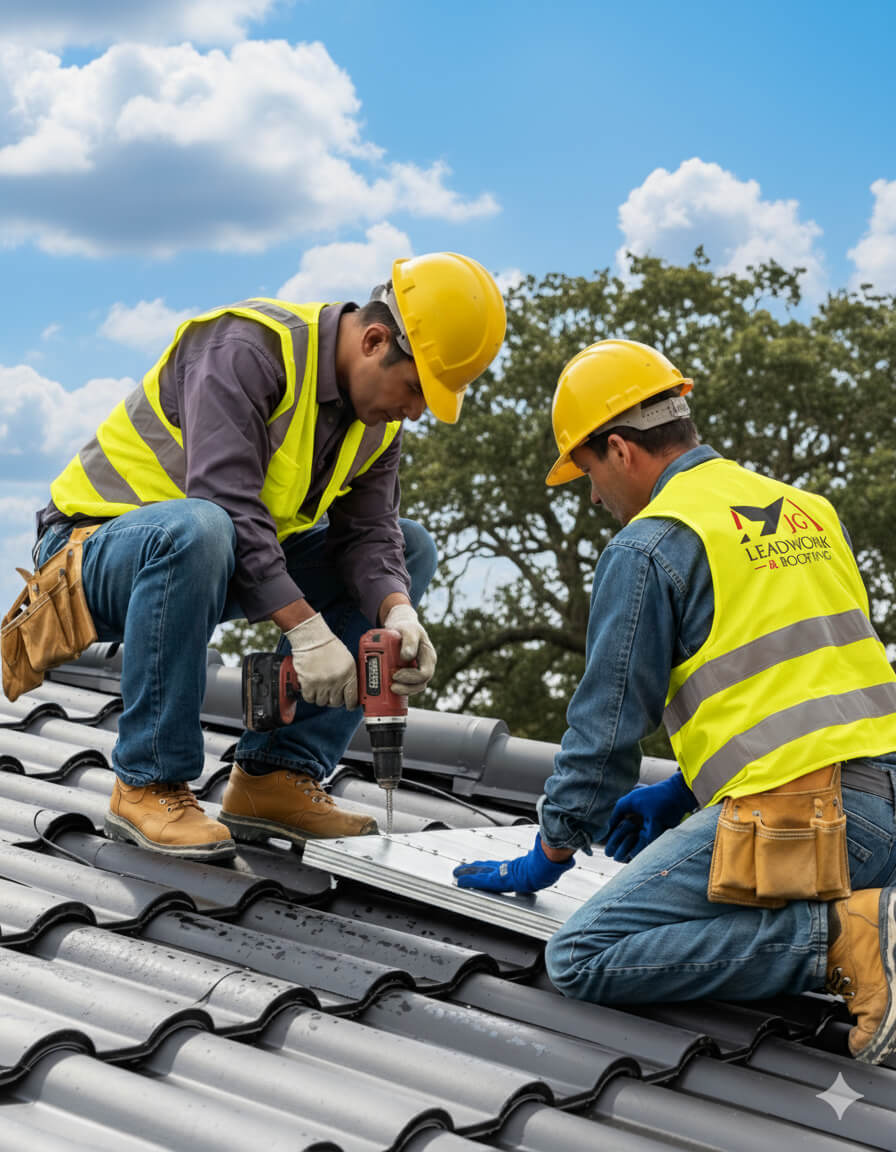
At JG Leadwork and Roofing, every project follows a structured QA process. Each stage—materials, installation, safety, and final sign-off—is measured against manufacturer specifications and UK Building Regulations to ensure durability, compliance, and warranty-backed performance across all roofing services.
Projects are only signed off once all QA checks are complete, giving clients confidence in long-term performance, structural safety, and insurance-backed peace of mind.
Every Roofing Services Tower Hamlets project by JG Leadwork and Roofing is delivered in strict alignment with UK Building Regulations and recognised frameworks. This ensures structural safety, energy efficiency, durability, and protects warranties and insurance coverage across residential, commercial, industrial, and heritage properties.
Clients can be confident their project is completed legally, safely, and insurance-ready—delivering long-term performance, compliance assurance, and complete peace of mind.
Property owners often wonder about Roofing Services Tower Hamlets—from costs and timescales to permissions. Below, you’ll find straightforward, trustworthy answers to the most frequent and practical queries.
Roof leaks after heavy rain are a recurrent concern for property owners in Tower Hamlets, where weather swings and dense urban infrastructure add stress to both old and new roofing systems. Unchecked, a leaking roof can cause internal damp, plaster damage, rot, and—in commercial settings—halt operations or risk compliance with insurance terms. Understanding the root causes lets you spot early warning signs before minor water ingress escalates into serious structural issues or costly repairs.
Roof coverings—whether membrane, tile, slate, or metal—act as the primary weather barrier. Over time, the surface may deteriorate due to age, freeze–thaw cycles (where water enters cracks, freezes, and expands) or mechanical stress (such as ladders or heavy foot traffic). On flat roofs, felt blistering or cracks in EPDM/bituminous layers allow rainwater to soak through. For pitched roofs, cracked or slipped tiles/slates create direct water entry paths. The immediate symptom is usually water staining or drips during/after rainfall; left unresolved, these breaches quickly cause timber decay and damp insulation, leading to more invasive repairs.
Flashing—thin strips of lead, zinc, or proprietary products—protects the junctions where roof surfaces meet chimneys, parapets, walls, or skylights. Faulty or poorly installed flashing is a common trigger for leaks, especially after rain driven by wind. Typical issues include cracked mortar at the chimney base, lifted flashing due to thermal expansion, or gaps in the seal at abutments (where the roof meets a vertical surface). Early clues include brown stains down internal walls or ceiling edges, musty odours, or visible splits near detailing. Inadequate sealing allows water to bypass roof tiles entirely and pool behind internal finishes, risking hidden rot.
The design of the roof and its ongoing maintenance influence susceptibility to leaks. On flat roofs, improper “fall” (slope) causes ponding—standing water in dips or near drainage outlets. As a rule of thumb, persistent pools deeper than 10–15 mm after 48 hours highlight a design flaw or a blocked outlet. Accumulated debris or moss can worsen this by blocking gutters and downpipes, allowing rain to overwhelm minor weaknesses. Inadequate insulation, ventilation or the absence of a working vapour barrier (as required under UK’s Part L regulations) promotes interstitial condensation: warm, moist air inside the building meets cooler roof surfaces, condenses, and encourages hidden damp or even mould within the roof build-up.
Pinpointing the source means combining visual checks with moisture-detecting tools. Surveyors often start with a walkover, checking for missing or cracked tiles, deformed flat roof coverings, displaced flashing, blocked outlets, or surface cracks. Moisture metres measure damp behind ceilings; borescope cameras can explore concealed spaces (like between roof deck layers) non-invasively. For extensive or complex roofs, drone imaging spots pooling, membrane blisters, and hidden detailing faults from above, while a core sample (a small, plug-like sample taken from a flat roof) reveals waterlogged materials inside the build-up.
Where multiple factors overlap, an expert often needs to rule out secondary causes—such as internal pipe leaks or condensation—from genuine rain-driven ingress. In each case, early diagnosis is essential. UK guidance recommends a professional roof inspection at least every 12 months, or after major storms, to flag emerging risks before they escalate.
The total cost of a slate or tile roof in London hinges on several technical, regulatory, and local market elements. These factors are especially relevant for property owners, developers, and architects where budgeting, planning consent, and longevity goals must all be considered at the outset. While both roofing types are popular across homes and commercial sites in Tower Hamlets, their expense profiles diverge due to material sourcing, installation methods, and compliance with UK standards.
Slate is a quarried stone, often imported from Wales, Spain, or China, and is valued for its natural appearance and long lifespan. The price per square metre depends on provenance—Welsh slate can command a significant premium over imported alternatives due to appearance, durability, and heritage value. In contrast, roof tiles are manufactured from either clay or concrete. Concrete tiles are usually the least expensive, benefiting from mass production and steady supply. Clay tiles may approach lower-end slate prices depending on design and manufacturer. Tiles are less prone to breakage during handling and are generally more available, leading to more stable pricing.
Labour is a major component of roofing costs, but the difference between slate and tile installation is substantial. Slate roofing requires individual fixing, skilled craftsmanship, slower progress, and more robust safety management. This typically translates to both higher hourly rates and longer project durations. UK regulations, namely BS 5534 (the slating and tiling standard), dictate nail types, batten spacing, and fixing methods—critical in areas prone to high winds. Tiles (especially interlocking concrete sorts) can be laid faster and sometimes in larger formats, reducing both complexity and cost. However, both roof types must meet Building Regulations Part A for structural safety, which may warrant reinforcing roof timbers if heavier materials like slate are chosen.
For properties in Tower Hamlets’ conservation or heritage zones, planners may strictly dictate the use of specific roofing materials, colours, and even quarry sources—often favouring traditional slate. In some cases, this eliminates the option for budget tiles or imported stone, especially on listed buildings or in clusters of period architecture. The appearance, longevity, and compatibility of materials with surrounding properties can outweigh cost considerations. Additionally, energy efficiency rules under Building Regulations Part L will influence the specification of insulation and underlays. Compliance here can marginally increase costs for both options.
London’s construction landscape influences roofing prices considerably. Higher skilled labour rates, added expense for delivery and waste removal, and more complex scaffolding or access solutions combine to drive up total costs—slate projects, being heavier and more labour-intensive, feel this effect most. Site-specific challenges—such as narrow Victorian terraces or proximity to conservation areas—can also impact feasibility and price. The city’s rainy spells can disrupt installation schedules, further escalating costs. Tiles, which are often manufactured closer to the South-East, may benefit from reduced transit and supply chain volatility.
| Factor | Slate Roofing | Tile Roofing (Clay/Concrete) | Why it Matters |
|---|---|---|---|
| **Material (m²) Cost** | £35–£60 (natural) | £12–£25 (concrete/clay) | Larger impact with big roofs or premium slate |
| **Labour Intensity** | High (skilled, slower) | Moderate (faster instal) | Drives project timeline and installer budget |
| **Heritage Compliance** | Often required | Sometimes restricted | May be mandated in conservation areas |
| **Structural Upgrades** | Frequently needed | Seldom needed | Heavy slate can require extra support |
| **Lifespan Expectancy** | 80–120+ years | 40–70 years | Affects lifecycle costs and value retention |
| **Typical Maintenance** | Low if installed well | Slightly higher | Planning for ongoing expenditure |
When weighing slate versus tile, assess not just up-front outlay but also planning requirements, property setting, and the building’s long-term value. For London and especially Tower Hamlets, early dialogue with surveyors and awareness of BS 5534 and Building Regulation criteria will ensure your specification aligns with local compliance and durability goals.
Most standard roof installations in the UK are completed in two to five days, though the actual timeline depends on the type, size, and complexity of the roof. For an average terraced or semi-detached house, you can expect work to last up to a week. The duration matters—not just for convenience, but because extended exposure and delays can threaten building integrity, stretch budgets, and create unnecessary risk for homeowners, landlords, and heritage property custodians. Factoring in installation time also helps with project planning, building insurance (especially where temporary protection is needed), and site safety.
Installation proceeds in clear stages: preparatory works, removal of any old coverings, inspection and repair of timber supports, underlay or waterproofing, the main weathering layer, and detailed finishing. Most pitched roofs (tile or slate) on standard houses typically take 3–5 working days.
Other factors—like skip access, the need for extensive stripping, or overlap with ongoing building works—can add time.
The larger the roof area, the longer the project, but shape and structure also matter. Steep or intricate roofs slow down safe ladder work and tiling. Limited access (such as in terraced streets or with restricted driveways) calls for more manual handling and smaller daily loads.
Weather matters greatly. Winter means shorter daylight, more rain or snow, and greater interruption. Some materials—like torch-on felt—demand dry, mild conditions for safe adhesion, while adhesives or mortars may set too quickly in summer heat. As a result, most large roofing jobs are best scheduled for spring or autumn, when the risk of weather-related delays is lowest.
Every roof benefits from scheduled care:
For managed properties or listed buildings, a professional check every 2–3 years is recommended. Tackling minor damage and keeping drainage clear is the surest way to avoid leaks, timber decay, or warranty issues. Facility managers who invest in regular maintenance contracts often prevent sudden failures that disrupt occupiers or operations.
The service life of your roof depends on both the material and the care it receives. The table below summarises typical lifespans and maintenance needs:
| Material | Typical Lifespan | Inspection Frequency | Maintenance Needs |
|---|---|---|---|
| Slate | 80–100 years | Every 5 years | Replace broken slates, remove moss |
| Clay Tile | 50–70 years | Every 3–5 years | Watch for cracks, clear debris |
| Concrete Tile | 40–60 years | Every 3–5 years | Replace damaged tiles, maintain gutters |
| Felt | 10–20 years | Every 2 years | Reseal joins, repair patches |
| EPDM/GRP/Liquid | 25–40 years | Every 3 years | Check edges and joints, recast coatings if needed |
Longevity means addressing issues such as frost damage, blocked gutters, and the movement at thermal expansion joints (purpose-made gaps that allow roofing materials to expand or contract with temperature changes). Heritage roofs need extra attention: mismatched repairs, harsh de-icing, or abrasive cleaning can drastically shorten their life.
With the right care schedule—matched to both the roofing material and changing UK weather—your roof should deliver many years of protection, stability, and peace of mind.
If you’re weighing up a roof repair, a full replacement, or choosing between local roofing teams, the debate goes far beyond simple cost. Financial peace of mind in Tower Hamlets comes from understanding what you pay for, what’s covered long-term, and who stands behind the work. For property owners and managers, the real cost of roofing is not just the bill today, but whether your investment is protected against surprises and liability for years to come. Clarity on costs, robust warranties, and genuine installer credentials are the pillars of risk-free roofing decisions.
Whether you’re budgeting for repairs after a storm or planning a full re-roof, price is shaped by multiple factors. The main drivers are:
| Service Type | Typical Range (UK) | Key Influences |
|---|---|---|
| Roof Repair | £250 – £1,200 | Damage type, access, materials |
| Roof Replacement | £5,000 – £15,000+ | Size, structure, insulation, finish |
Spot repairs might cover slipped tile fixes or lead flashing reseals. Full flat roof replacements on commercial or large residential buildings demand more extensive work, including insulation to current legal standards.
A genuine insurance-backed warranty protects your roof investment for the long haul—often 10 to 20 years or more. These warranties normally include:
Why does this matter? When selling your property or renewing insurance, proof of a valid warranty helps meet Part L compliance—demonstrating energy standards are met and repairs are insurable. It also deters disputes with future owners or letting agents about hidden leaks or insulation gaps.
Relying on an accredited installer isn’t just about reputation—it’s your safeguard against compliance problems and voided warranties. Key credentials include:
Why does this matter? Trained installers know current UK Building Regulations (BS5534, Part L, and others). They’re less likely to make costly oversights like skipping mandatory ventilation or improper insulation—mistakes that could invalidate both warranty and insurance. Many leading manufacturers (especially for EPDM or GRP systems) only honour warranties if work is done by an approved or trained contractor.
Seeking the cheapest bid, or hiring uninsured, unqualified installers, often comes back to bite. Common shortcuts—and their risks—include:
Short-term savings quickly turn into hidden costs: failed surveys, denied insurance claims, emergency repairs, or even mandated replacement by local authorities. Protecting your home or business isn’t about cutting corners—it’s about de-risking every decision.